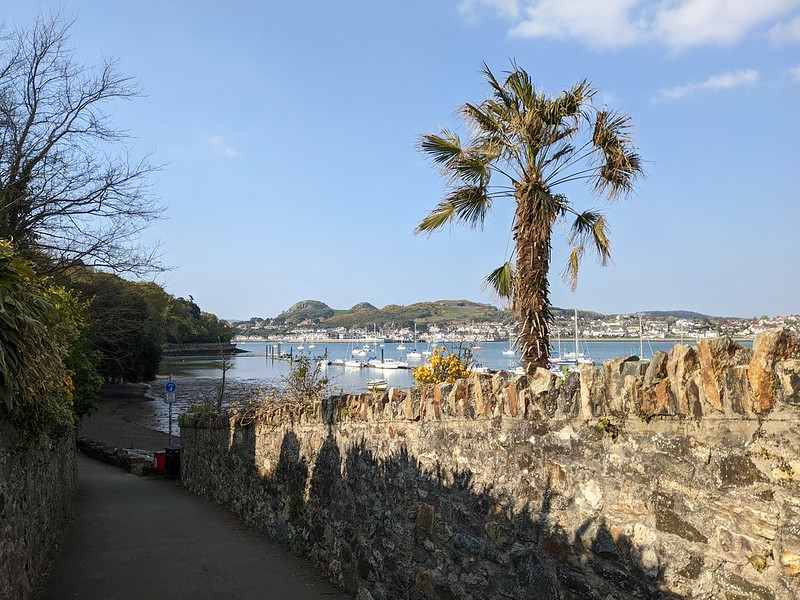Six tips for traveling in the U.K.
By Mia B.
May 10, 2022
As of the time I’m writing this, I’ve traveled to London, Glasgow, Edinburgh and the coast of Wales, so I thought I’d share some observations and tips I’ve picked up for traveling in the U.K., for those of you planning to do the same when you’re here.

Tip #1: Water fountains don’t exist here — the closest you’ll get is a water bottle filler in some of the bigger train stations. So if you want water while traveling, outside of when you’re eating a sit-down meal, you have to either bring it with you (and rehydrate when you find one of the water bottle fill stations) or buy bottled water along the way.
Tip #2: It’s also harder to come by public bathrooms (referred to as “toilets” here), and you often have to pay to access them. If you’re going to museums and pubs and stuff, there are restrooms there, but if you want to access one in a public park or certain stations (Edinburgh Waverley, or the Westminster underground station in London, for example), you’ll probably need 50 pence coins — so keep change in your pocket when roaming. I’ve also encountered toilets that wanted 20 pence coins and contactless payment.
Tip #3: There’s an app called Bounce where you can rent storage space for your bag(s) at local businesses during the day. It costs roughly $8 a day for one bag, and if there are participating locations near where you are, it’s a great way to get your backpack off your shoulders if you’re running around exploring all day and can’t check in to your hotel until later. My friends and I have used it multiple times and never had issues with lost or damaged possessions.

Tip #4: If you plan to run around London quite a bit, get the all-day travel card (we got the “zones 1-6” one) at the underground rail ticket stations. It costs about $25, which may seem like quite a bit, but you have to ride the underground to get anywhere in the city, so if you’re hopping on an underground train every hour or two, having the one card you can scan over and over without worrying about whether you’re in the right place, or paying for a new ticket every time you go anywhere is SO helpful. (Just be careful about keeping it in your pocket next to your phone, or in your wallet — one friend had the stripe on hers demagnetize from being next to her phone, and another friend’s cards kept getting eaten by the turnstiles until he stopped keeping it in his wallet.)
Tip #5: Watch your pockets, and put the valuables in your backpack in an interior pocket. I know they give you all sorts of warnings about travel safety, and it’s easy to brush them off, but I actually had an incident once where I was standing on a train, and the girl behind me opened the front pocket of my backpack to dispose of her leftover bag of crisps (potato chips) and I would never have known if my friend who was facing her hadn’t alerted me. Fortunately, she just wanted a garbage can, but I had my student ID and about $50 in cash sitting right there in that pocket where she could easily have grabbed it if she were a thief. So put valuable stuff like money, ID, Bluetooth earbuds, etc. in an inside pocket where it can’t be easily found by someone if they unzip your backpack.
Tip from Mizzou Study Abroad: On public transportation or in crowded places, it’s safest to wear your backpack on your front to keep an eye on it.

Tip #6: Use the Trainline app, and get a railcard. They give you a lot of travel advice when you first arrive, so it can be hard to know what’s worth your time and money for your individual situation, but I can say from personal experience that if you travel by train more than once or twice, a 16-25 railcard is worth its weight in gold. It costs almost $40 but takes a third off all future rail purchases. For context, one round trip from Lancaster to London can cost over 100 quid (about $125) without a card, depending on how last minute you buy the ticket, so the card pays itself off and saves you money very, very quickly. Also, the trainline app (icon is a green background with the word “train” in white letters) is super helpful for looking up train times, booking tickets in advance, tracking a train along its route if you’re waiting for it or need to know how close to your destination you are, etc.